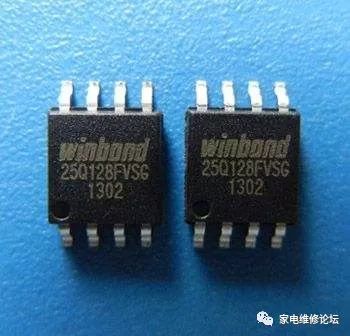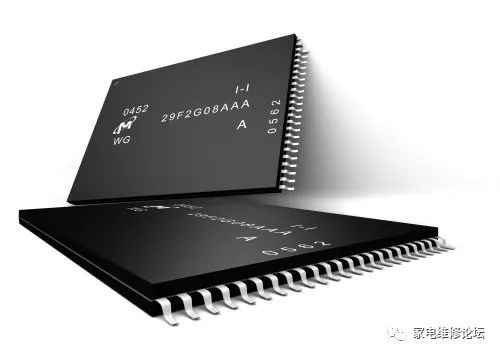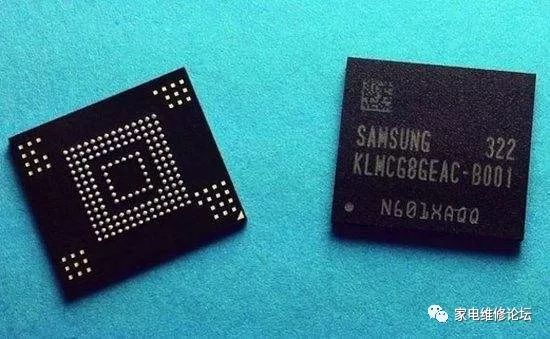Flash memory is a type of electronic non-volatile memory that can be electrically erased and reprogrammed. This technology is mainly used for general data storage and for transferring data between computers and other digital products, such as storage cards and USB drives. Flash memory is non-volatile, meaning it does not require power to retain data.
Compared to hard drives, flash memory also has better dynamic shock resistance. These characteristics are why flash memory is widely adopted in mobile devices. Another feature of flash memory is its reliability when made into storage cards, as it can withstand high pressure and extreme temperatures even when submerged in water. The write speed of flash memory is often significantly slower than its read speed.
NorFlash
NOR Flash takes a long time to erase, but it provides complete addressing and data bus capabilities, allowing for random access to any area of the memory. This makes it very suitable for replacing older ROM chips, which were mainly used to store code that rarely needs updating, such as a computer’s BIOS or firmware for set-top boxes. NOR Flash can endure between 10,000 to 1,000,000 erase cycles, and it was also the basis for early removable flash storage media. CompactFlash was originally based on NOR Flash, although it later transitioned to the more cost-effective NAND Flash.

NandFlash
NAND Flash was introduced by Toshiba at the 1989 International Solid-State Circuits Conference (ISSCC). To read and write data on NAND Flash, external control and circuit design are required. NAND Flash has a faster erase time, and each memory cell has a smaller area, giving NAND Flash a higher storage density and lower cost per bit compared to NOR Flash. Additionally, its erase cycles are ten times higher than those of NOR Flash. However, NAND Flash’s I/O interface does not allow random access to external address buses; it must be read in a block-wise manner, typically with block sizes ranging from hundreds to thousands of bits.

Since most microprocessors and microcontrollers require byte-level random access, NAND Flash is not suitable for replacing ROM used to load programs. From this perspective, NAND Flash is more similar to secondary storage devices like CDs and hard drives. NAND Flash is very suitable for large storage devices like storage cards. The first removable storage media created based on NAND Flash was SmartMedia, followed by many other storage media adopting NAND Flash, including MultiMediaCard, Secure Digital, Memory Stick, and xD cards.
EMMC
eMMC (Embedded Multi Media Card) is a standard set by the MMC Association. eMMC is equivalent to NAND Flash plus a control IC, with an interface protocol similar to SD and TF cards, primarily aimed at embedded storage standards for products like smartphones and tablets. One significant advantage of eMMC is the integration of a controller within the package, providing a standard interface and managing the flash memory, allowing phone manufacturers to focus on other aspects of product development and shorten time to market. These features are also crucial for NAND suppliers looking to reduce costs and shrink lithography sizes.

eMMC consists of an embedded storage solution with an MMC (MultiMediaCard) interface, NAND flash memory device, and main controller, all in a compact BGA package. The interface speed can reach up to 52 MBytes per second, offering fast and upgradeable performance. Additionally, its interface voltage can be either 1.8V or 3.3V.
eMMC Programming Socket:
https://item.taobao.com/item.htm?id=560967621649
Many smart TVs are gradually abandoning NOR or NAND, opting for more advanced eMMC chips. However, standard programmers cannot read or write eMMC chips. Newly developed programmers that support eMMC chip programming offer high cost performance and also support NOR and NAND chips, providing comprehensive and powerful functionality!
Store Name:Home Appliance Repair Forum
Genuine RT809H Programmer Taobao Link:
https://item.taobao.com/item.htm?id=551805435687
Copy the link and open it in a browser or mobile Taobao